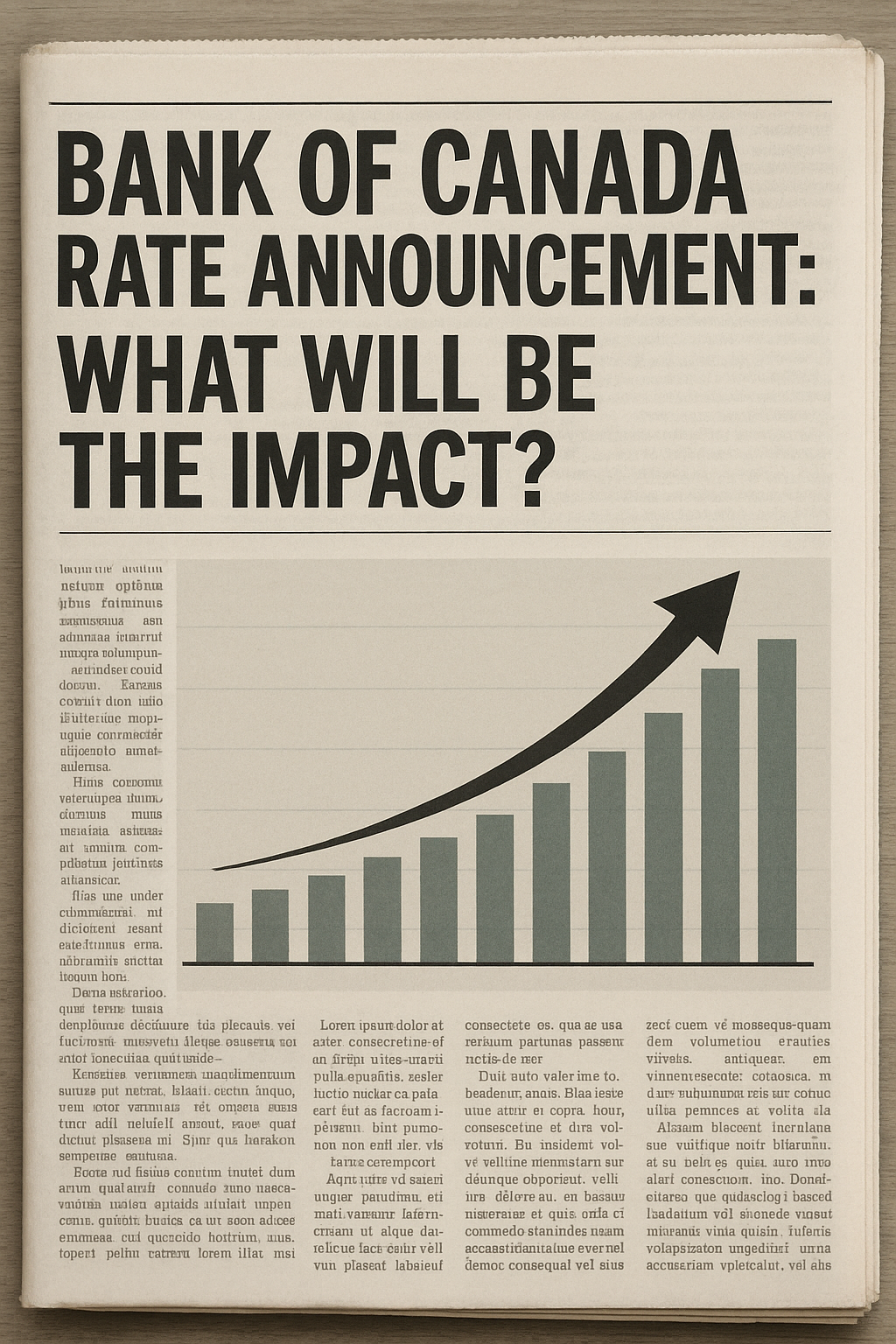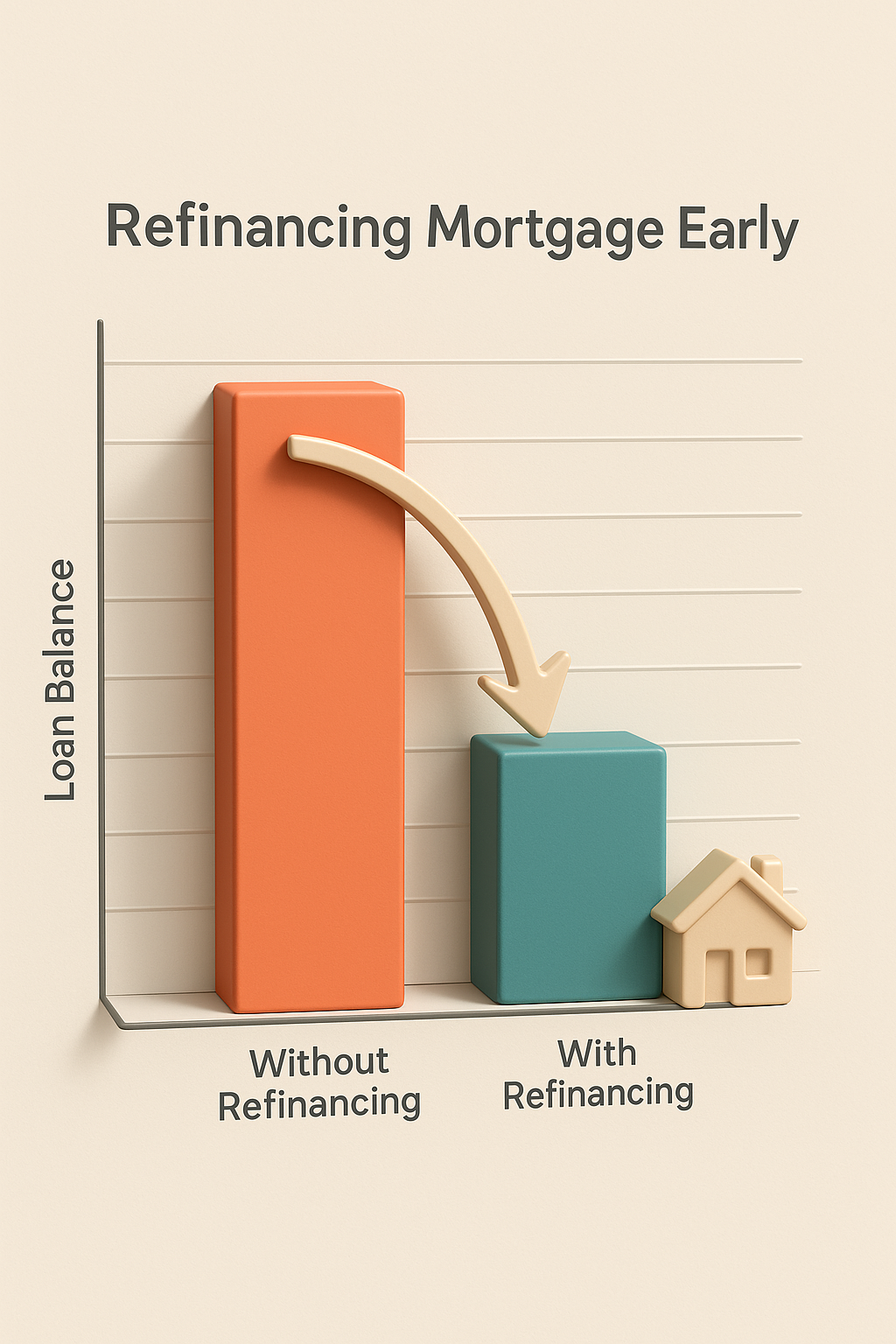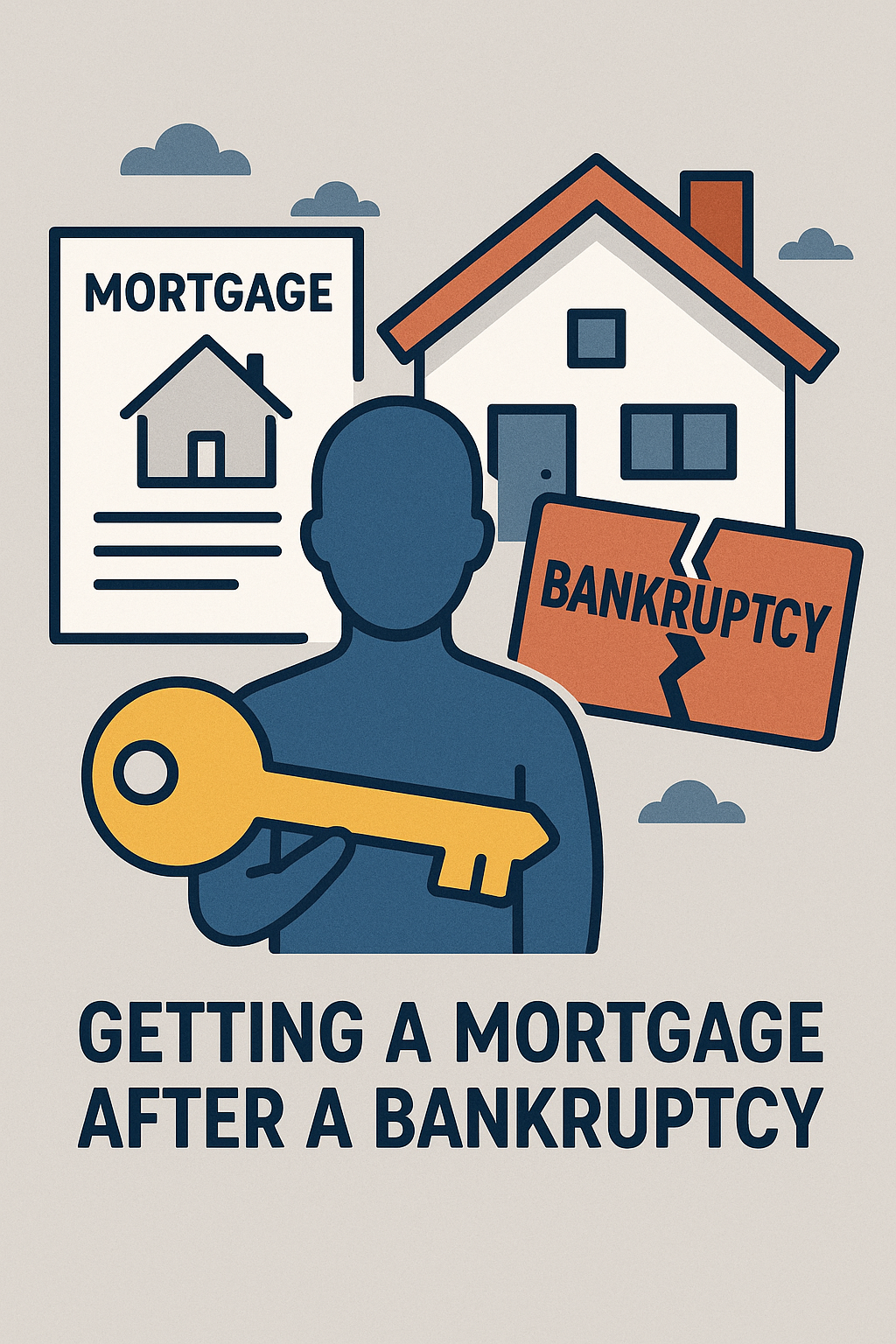Table of Contents
ToggleBank of Canada’s Important Decision: What a Sept 17th Rate Cut or Hold Could Mean for Mortgages & Housing
The Bank of Canada releases its next interest-rate decision on Wednesday, September 17, 2025 at 9:45 a.m. ET, followed by a press conference. That timing matters for anyone closing, renewing, or shopping in Ontario this fall.
Below is a practical, Ontario-focused playbook that covers what a cut, hold, or surprise move would do to variable and fixed mortgage rates, along with takeaways for renewals, first-time buyers, move-ups, and investors.
Where things stand going into the decision
-
Policy rate: 2.75% today, with Canada’s prime rate ~4.95% at major lenders. That prime level is the starting point for HELOCs and most variable-rate mortgages. Bank of Canada
-
Market expectations: A majority of economists in a fresh poll expect a 25-bp cut from the Bank of Canada on Sept 17, with the odds of at least one more cut later this year.
-
Macro backdrop: The unemployment rate rose to 7.1% in August, and headline inflation has cooled, while core measures hover closer to 3%—a mix that supports gradual easing.
-
Housing pulse: National home sales rose for a fifth straight month in August, but price momentum remains soft. In the GTA, TRREB reported an average price of ~$1.02M, down ~5% YoY, with more listings and longer decision windows for buyers.
Scenario 1: The Bank cuts 25 bps
Variable/HELOC
-
Prime rate typically drops 0.25% shortly after a Bank of Canada cut. On an adjustable-payment variable, payments fall; on fixed-payment variables, amortization shortens less aggressively (or begins to normalize).
-
Quick math (illustrative): On $500,000 with 25-year amortization, a 0.25% lower rate trims payments by roughly $70/month. On an interest-only $200,000 HELOC, interest drops about $42/month.
Fixed rates
-
Fixed pricing follows the Government of Canada bond yields. Should the Bank of Canada strike a softer tone and 5-year GoC yields ease, expect certain lenders to trim specific fixed terms—though how much and how soon varies by lender
Ontario housing impact
-
A modest cut typically improves sentiment more than it changes qualification overnight. Expect slightly stronger fall showing activity and better renewal math, but continued price discipline where listings are plentiful (many GTA sub-markets).
Scenario 2: The Bank holds
Variable/HELOC
-
No immediate payment change. However, guidance in the statement matters: a hold with dovish language can still pull bond yields down (helping fixed rates), while a more cautious tone can nudge them up.
Fixed rates
-
With no cut, lenders will look to the bond market for a reaction. If yields hold, fixed rates will likely do the same. If yields lower on softer growth/inflation signals, some lenders may look to reduce
Ontario housing impact
-
A hold likely keeps the market balanced-to-buyer-leaning: buyers retain time for conditions; sellers must price to today’s comps, not yesterday’s. Toronto Regional Real Estate Board
Scenario 3: A bigger or no-move surprise
-
50-bp cut: Faster relief for adjustable variables and HELOCs (roughly $140/month per $500k), plus a potential boost to fall demand. Watch for bond-yield whipsaw; fixeds could follow if yields sustain a drop.
-
BOC hold: If the Bank of Canada maintains rates yet signals inflation risks, bond yields could climb and fixed discounts may narrow—most notably on 3- and 5-year terms
What this means for your mortgage strategy
Renewals (2025–2026)
-
Start 120–180 days out. Get a rate hold and a competing quote so you can react within hours of the announcement.
-
Shop lender features, not just the headline rate: prepayment room, penalty math, portability windows.
-
Stress-test your cash flow at ±0.50% around any new offer; Bank of Canada research suggests many 2026 renewals still see higher payments, so plan buffers.
First-time buyers
-
Pre-approval/pre-qualification. Lock a rate, but keep watching bond yields—a dip post-decision can open better fixed offers.
-
Before you go variable, clarify if it’s an adjustable-payment or a fixed-payment (amortization flexes instead). Terms differ by lender.
Move-up / move-down sellers
-
In many Ontario pockets, more listings + longer DOM mean you can sell-first for certainty, then buy with leverage. Calibrate list price to very recent comps; buyers are price-sensitive. Toronto Regional Real Estate Board
Investors
-
Underwrite conservatively: assume modest rent growth, vacancy, and today’s rates. If the Bank cuts, great—you’ve built in upside. If it holds, your deal still cash-flows.
Fixed vs. Variable: Which lane now?
-
Fixed: Payment-certainty pick. A dovish tilt plus fading 5-year yields may bring incremental cuts to select fixed terms; monitor each lender’s spread and incentives
-
Variable: Suits those who want the upside of cuts and can live with bumps. Prime typically shadows BoC moves, with banks keeping it near policy +2.20%
Ontario housing snapshot to frame expectations
-
National sales up again in August; prices broadly flat-to-slightly lower month-over-month. Momentum could improve if the Bank cuts. Reuters
-
GTA: More supply, average price ~5% lower year-over-year, negotiating room restored in many segments. For sellers: presentation and pricing discipline are non-negotiable. Toronto Regional Real Estate Board
Your day-of-decision checklist (Sep 17)
-
Have a Plan A/B: If the Bank cuts, ask your lender/broker when (and by how much) they’ll adjust prime and whether any fixed specials are changing. If they hold, ask about statement-driven pricing changes. Bank of Canada
-
Rate-hold refresh: If you’re within 120 days of renewal/closing, request an updated rate letter after markets digest the news.
-
Lock features you’ll use: Prepayment privileges, penalty calculation, portability terms—small print that saves real money.
-
Don’t chase every basis point: The right term length (2–4 year vs 5-year), portability, and fair penalties often beat a tiny rate edge.
Bottom line: The Bank of Canada’s tone will set the day—dovish hints can ease 5-year yields and nudge select fixed specials down; a hawkish hold can lift yields and firm pricing, especially on 3- and 5-year terms. Choose fixed if payment certainty matters most; choose variable if you want potential cut participation and can handle volatility. If you go variable, confirm whether it’s an adjustable-payment or a fixed-payment (amortization flexes). From there, watch lender spreads, limited-time promos, and consider a rate hold if you’re 90–120 days from renewal. Need a tailored read? The LendToday.ca team can model both paths and lock a competitive option for your timeline.
- Most Lenient Mortgage Lenders in Canada: A, B, and Private Explained - December 16, 2025
- Facts About Getting a Reverse Mortgage Before Your Home Is Paid Off - December 14, 2025
- 7 Smart Truths About Refinancing a Mortgage at Any Time (And Avoiding Costly Penalties) - December 12, 2025






